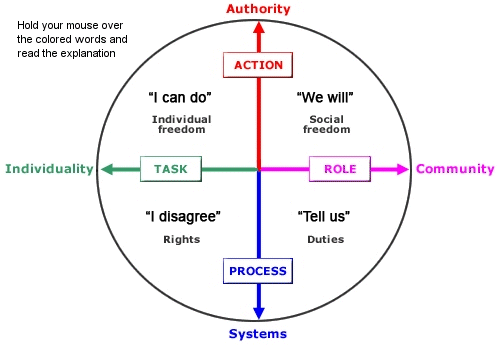Android is a mobile operating system (OS) based on the Linux kernel and currently developed by Google. With a user interface based on direct manipulation, Android is designed primarily for touchscreen mobile devices such as smartphonesand tablet computers, with specialized user interfaces for televisions (Android TV), cars (Android Auto), and wrist watches (Android Wear). The OS uses touch inputs that loosely correspond to real-world actions, like swiping, tapping, pinching, and reverse pinching to manipulate on-screen objects, and a virtual keyboard. Despite being primarily designed for touchscreen input, it has also been used in game consoles, digital cameras, regular PCs, and other electronics. As of 2015, Android has the largest installed base of all operating systems.[11]
As of July 2013, the Google Play store has had over one million Android applications ("apps") published, and over 50 billion applications downloaded.[12] An April–May 2013 survey of mobile application developers found that 71% of them create applications for Android;[13] another 2015 survey found that 40% of full-time professional developers see Android as the "priority" target platform, which is more than iOS (37%) or other platforms.[14] At Google I/O 2014, the company revealed that there were over one billion active monthly Android users, up from 538 million in June 2013.



 An Environmental Management System (EMS) is a framework that helps a company achieve its environmental goals through consistent control of its operations. The assumption is that this increased control will improve the environmental performance of the company. The EMS itself does not dictate a level of environmental performance that must be achieved; each company's EMS is tailored to the company's business and goals.
An Environmental Management System (EMS) is a framework that helps a company achieve its environmental goals through consistent control of its operations. The assumption is that this increased control will improve the environmental performance of the company. The EMS itself does not dictate a level of environmental performance that must be achieved; each company's EMS is tailored to the company's business and goals.






